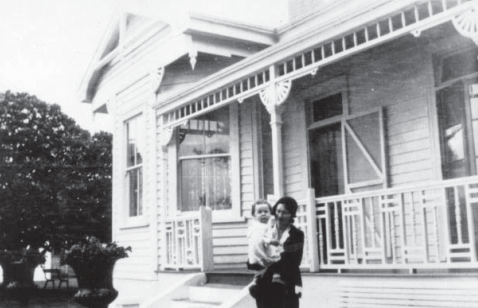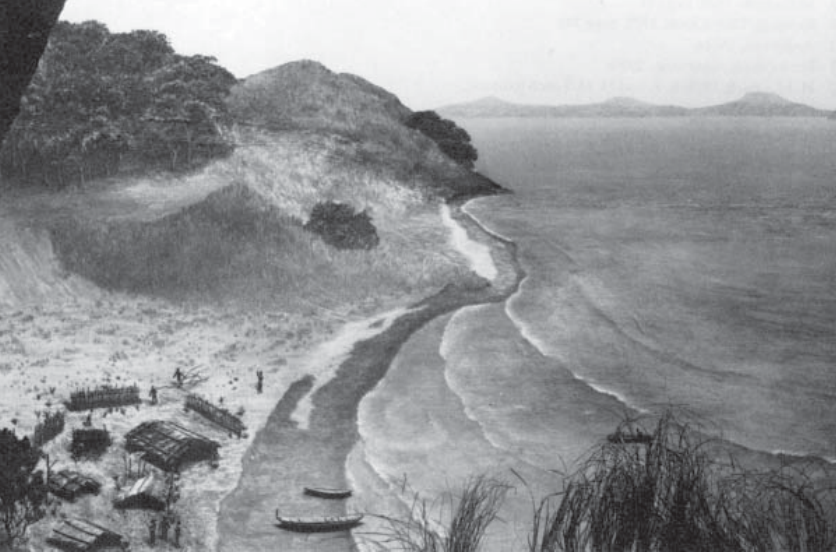
Motutapu Island Heritage
Motutapu Island has a rich history. It was first considered a sacred place by local iwi when Maori were living there even before Rangitoto emerged from the sea 600 years ago. After Motutapu was passed onto European ownership, farming began on the island in 1840 before it was used as Military Base in WWII. Today, it’s a scenic reserve for people to enjoy and look after.
Maori History.
With 178 million years of history, Motutapu is considered one of the earliest places that was inhabited. It has more than 300 Maori pa, kainga (villages), kumara storage pits, former gardens and archeological sites, as well as evidence that settlers witnessed Rangitoto Island erupting 600 years ago. Archeologists have found the footprints of people and dogs preserved in solidified ash layers after Maori returned to Motutapu between eruptions. Ngati Tai is the principal iwi with features of Arawa and Tainui traditions.
European History.
In 1840 Europeans claimed ownership of Motutapu Island, and homesteads were established at Emu Bay and Home Bay. Tall Norfolk pines and other exotic trees were planted after deforestation following the eruption, and extensive farming began. The last farmhouse was a villa built in 1901 for the Reid Family, which still remains preserved on the island as a reminder of the homesteads once seen on the shores. Deer, wallabies, and other exotic animals were introduced to Motutapu Island as a visitor attraction in the 1860s and by the early 20th century it had become a popular visitor destination (hosting Victorian picnic parties of over 10,000 people).
World War II.
In 1936 work began on the Motutapu counter-bombardment battery. Roads had been formed, and the battery and observation post were completed one year later. The camp (now known as our Main Camp) was established in 1937 before World War II started in 1939. Additional buildings were needed when the island population grew to 200 people, and deepwater wharfing facilities were built for the US Navy. After the war ended in 1945, the entire site was abandoned five years later.

Reid Family Homestead built 1901-3.

Home Bay, Motutapu Island taken by William Price in early 1900s. Alexander Turnbull Library, Wellington, New Zealand.

Test firing Motutapu Battery

Artist's impression of the Sunde site prior to Rangitoto Eruption. Auckland Institute and Museum. Reproduced in Davidson 1984-43.

Photography by William Price taken ca 1910. View looking towards Waiheke Island. Alexander Turnbull Library, Welligton, New Zealand.

Boys from the Costley Home taken in the early 1900s. Alexander Turnbull Library, Wellington, New Zealand.




